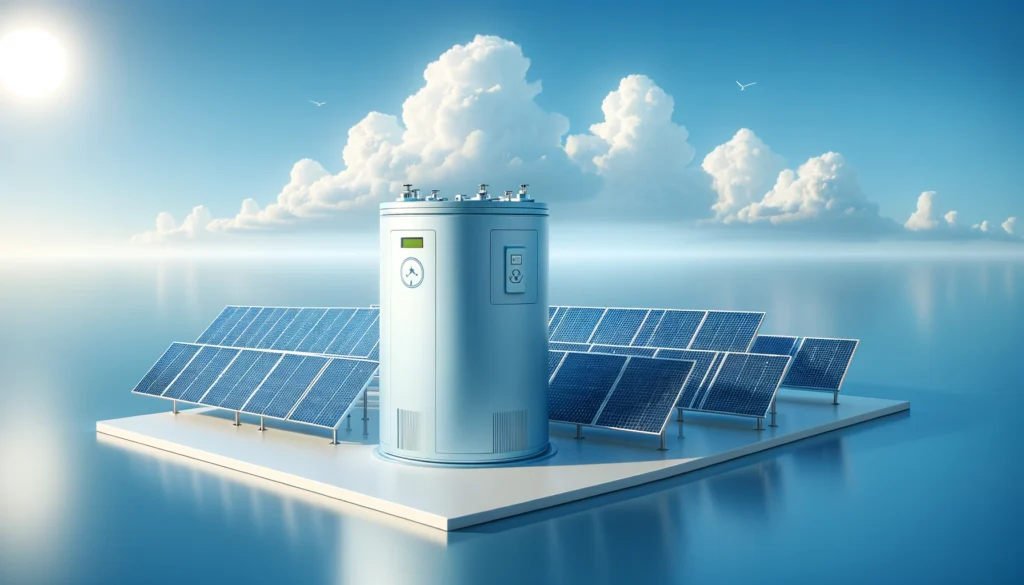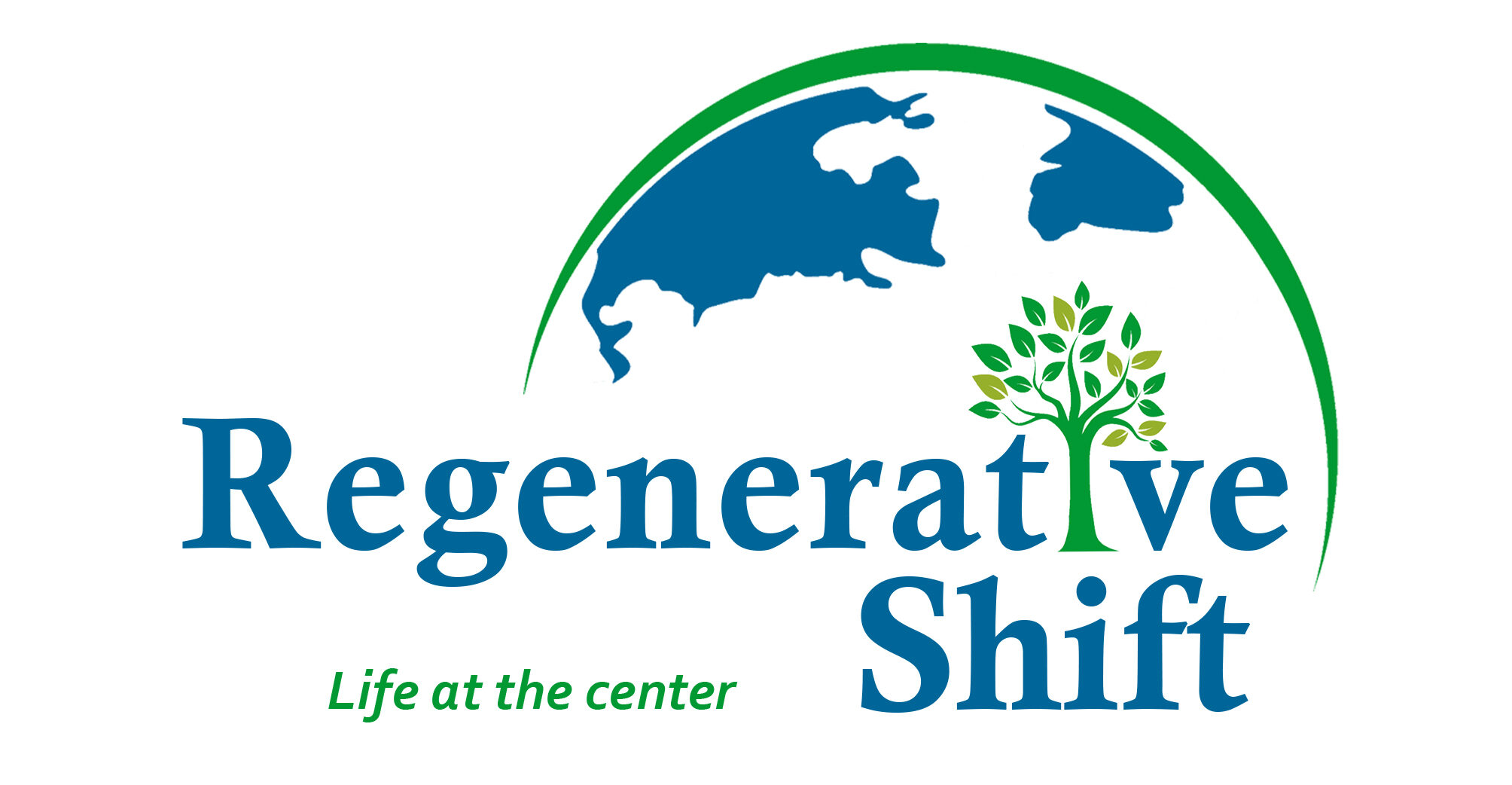
Note: Much of this info is summarized from Energy.gov, IRS.gov, and WhiteHouse.gov. More details, sources, and information about additional tax credits can be found here.
Section 48 Investment Tax Credit Summary
- With enhanced tax incentives of Section 48 Investment Tax Credit under the Inflation Reduction Act, commercial solar installations are increasing rapidly.
- The Inflation Reduction Act expanded eligibility for Section 48 tax credits to include direct payments for certain nontaxpaying entities including state and local government, nonprofit organizations, places of worship, schools, universities, hospitals and REITs.
- Section 48 provides a tax credit of 30% for commercial solar projects, plus accelerated depreciation benefits that can provide significant Year 1 tax savings for many businesses.
- Additional bonus credits available for projects that meet Domestic Content Bonus Credit criteria or are in designated Energy Communities or Low-Income Communities can provide up to 40%-60% total credits.
- Battery Storage for solar systems is now eligible for the 30% credit, opening energy storage to many additional markets and projects
- Commercial Solar projects over 1 mW in size must meet prevailing wage and apprenticeship requirements or tax incentive is reduced by 80% (from 30% to 6%).
- Selecting the right commercial solar contractor and filing required IRS paperwork will help ensure that your project qualifies for the maximum available tax incentive.
Section 48 Investment Tax Credit is spurring rapid commercial solar growth
Commercial solar installations in 2023 increased significantly nationwide, with Florida having the highest increase in commercial solar installations in 2023 of any State, according to the Solar Energy Industry Association. The Section 48 Investment Tax Credit (ITC) is spurring much of the rooftop and small-to-medium solar projects throughout the United States, as it provides a significant financial incentive that tips the scale on return on investment.
Expanded Eligibility and Direct Payments
Most commercial solar projects, whether it is a small rooftop commercial system or utility-scale solar farm and qualify for the expanded Section 48 ITC of 30% of system cost. Additionally, the Inflation Reduction Act expanded eligibility for Section 48 tax credits to include government projects, nonprofit organizations, places of worship, public and private schools, universities, community hospitals, Real Estate Investment Trusts and more. Elective Pay allows qualifying nontaxpaying organizations to receive the 30% credit (plus any bonus credits) via direct payment from the IRS. Transferability of the credit allows the sale of the tax credit but organizations with low tax liability to still allow for project savings.
Section 48 Tax Credit
The IRA Section 48 provides both tax credits and depreciation deductions for eligible projects. For projects under 1mW*, a dollar-for-dollar tax credit is provided for 30% of the system cost. For example, if a business installs a rooftop PV system that costs $100,000, they get a $30,000 tax credit when they file taxes next year. Credits can be further increased with bonus credits, covered below.
*Projects over 1mW in size are required to meet prevailing wage and apprenticeship requirements (more below)
Tax Deductions / Accelerated Depreciation
The Inflation Reduction Act further incentivized commercial solar by offering accelerated depreciation on solar systems. A solar system can be depreciated and fully expensed in just 5 years despite having a much longer useful life.
Tax Deductions / Bonus Depreciation
A business with a solar PV system placed in service in 2024 can elect to claim a 60% bonus depreciation, meaning that 60% of the total cost of the system is expensed in Year 1. This bonus depreciation reduces each year (it was 80% in 2023 and will be 40% in 2025) and in 2024 save another 12-15% in Year 1 tax savings (via depreciation deductions) on top of the 30% Section 48 Investment Tax Credit.
Bonus Credits
The IRA offers additional Bonus Credits that can further increase the tax credits provided for commercial solar installation if the project qualifies. These include the Domestic Content Bonus Credit, the Energy Community Bonus Credit, and two Low-Income Community Bonus Credits.
Domestic Content Bonus Credit
The Domestic Content Bonus Credit (DCBC) provides an additional 10% (from 30% to 40%) if steel and iron are US-made and manufactured components meet percentage thresholds. In 2024 and 2025, this is 40%, increases to 55% in 2026. That said, IRS guidance issued on May 12, 2023 that outlined a complex process for meeting and certifying domestic content manufacturing. In addition to final assembly taking place in the United States, all major components must be assembled in the United States. As of January 2024, no solar panel or inverter company has yet formally announced that they meet the Domestic Content Bonus requirements. Many projects in the United States are aiming at meeting the Domestic Content Bonus Credit requirements. More info on Domestic Content Bonus Credit.
Energy Community Bonus Credit
Projects located in a designated Energy Community are eligible for an additional 10% Energy Community Bonus Credit. If the project is in a brownfield site, meaning a site that has been contaminated by hazardous substances or pollutants or if it is in a census tract that has traditionally employed people in the fossil fuel industries, including coal, oil, and natural gas, it is awarded an Energy Community bonus of 10% on top of the ITC.
Low-Income Community Bonus Credits
Certain projects located in designated low-income communities can apply for a limited fund that provides tax credits of either 10% or 20% in addition to the ITC and other bonus credits. The funds are intentionally directed at helping to fund projects that will advance climate and economic justice goals, and prioritizes projects that provide meaningful contribution to the community. More info on Low Income Bonus Credits.
Batteries Now Included
For the first time with the IRA, battery storage for solar systems is incentivized through credits and deductions. For projects that are considering investment in systems to generate and store power on-site, this makes storage much more affordable.

Section 48 Investment Tax Credit now provides a 30% tax credit for battery storage systems.
Prevailing Wage and Apprenticeship Requirements
For projects over 1 mW, 80% of the Section 48 Investment Tax Credit is tied to the project meeting the Prevailing Wage and Apprenticeship (PW&A) requirements. This means that laborers on the solar PV project must be paid a wage that matches or exceeds the requirements under the Davis-Bacon Act. Additionally, qualified apprentice labor needs to 15% of the total front line labor hours on the project.
If PW&A are not met on a project over 1 mW, the value of the ITC is reduced from 30% to 6%. Alternatively, contractors that didn’t meet the PW&A guidelines on a project may pay back wages and in some cases penalties for the project to qualify for the higher 30% credit.
Next Steps
For organizations considering commercial solar projects based on the tax incentives under the Section 48 Investment Tax Credit, selecting an experience contractor and drafting a proper agreement is critical to avoiding difficult discussions, reduced incentives, or added costs at tax time. Work with a trusted advisor to navigate the nuances of direct pay, bonus credits, prevailing wage and apprenticeship requirements. If you’d like to explore with Regenerative Shift, Contact Us!
About the Author
Caleb Quaid is the founder of Regenerative Shift, a Tampa-based environmental consulting firm, working with businesses and communities on regenerative environmental initiatives and sustainability programs. Regenerative Shift focuses on life-creating and cost-saving holistic programs, including regenerative land and water projects and Inflation Reduction Act (IRA) consulting. As a consultant and public speaker, Caleb provides motivating insight into practical life-creating environmental practices and shows the business case for going green with tax incentives under the IRA.
Now what?
The IRA can be a lot to navigate, and new guidance is issued every week. If you’d like to discuss how your business can benefit, Regenerative Shift is here to help! Contact Us!
